Maintenance Permanent

How do you maintain and care for a permanent magnet motor to extend its lifespan ?
Permanent magnet motors are widely used in various industries due to their high efficiency, power density, and reliability. However, proper maintenance and care are essential to extend the lifespan of these motors. Here are some tips on how to maintain and care for a permanent magnet motor: - Regular cleaning, lubrication, thermal management, electrical maintenance, mechanical maintenance, environmental considerations, and preventive maintenance schedule are all important aspects of maintaining a permanent magnet motor. - External and internal cleaning should be done regularly to keep the motor clean from dust, dirt, and debris. Lubrication of bearings and gearbox (if any) should be done according to the manufacturer's recommendations. - Thermal management includes ensuring that the cooling system is functioning properly and monitoring the temperature of the motor during operation. Overheating can cause damage to the magnets and other components. - Electrical maintenance involves checking all electrical connections periodically to ensure they are secure and free from corrosion. Insulation resistance should also be tested periodically to detect any potential issues before they become serious problems. - Mechanical maintenance includes ensuring that the motor shaft is properly aligned with the load and performing vibration analysis periodically to identify any mechanical issues such as imbalance or loose parts. - Environmental considerations involve storing and operating the motor in a dry environment to prevent rust and corrosion. Protection from harsh environmental conditions such as extreme temperatures, chemicals, or moisture should also be considered. - A preventive maintenance schedule should be created based on the manufacturer's recommendations and specific application requirements. Regular inspections and prompt attention to any issues will save time and money in the long run by preventing more significant problems from occurring.
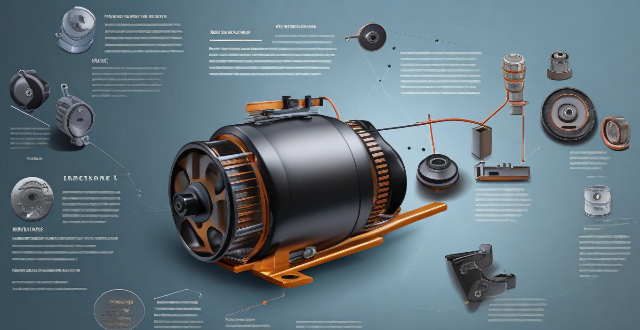
What is the role of neodymium in the production of high-performance permanent magnet motors ?
Neodymium is crucial for making high-performance permanent magnet motors. It increases efficiency, power density, and thermal stability while reducing costs and maintenance. These motors are used in various applications like electric vehicles and aerospace systems.
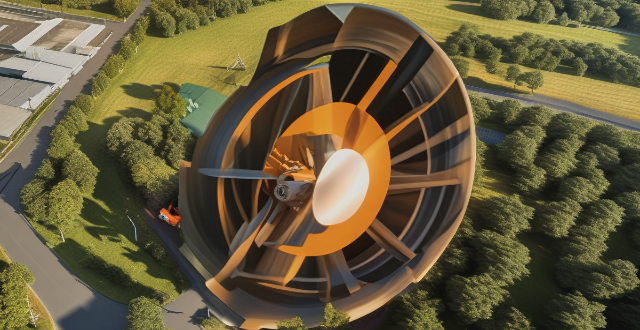
Can permanent magnet motors be used in renewable energy systems such as wind turbines ?
Permanent magnet motors are used in renewable energy systems, including wind turbines, due to their high efficiency and reliability. They offer advantages such as high efficiency, low maintenance, good torque characteristics, size and weight benefits, and adaptability. However, challenges and considerations include cost, thermal management, and dependence on rare earth metals. Overall, permanent magnet motors are a popular choice for efficient and reliable energy conversion in wind power applications.
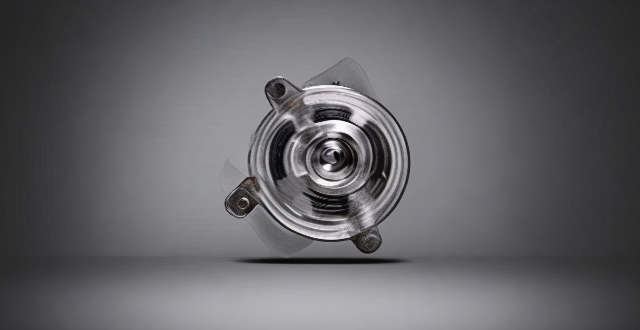
How does the design of a permanent magnet motor differ from an induction motor ?
The article discusses the differences between permanent magnet motor and induction motor design, focusing on three main aspects: rotor design, stator winding design, and cooling system. The rotor of a permanent magnet motor contains high-energy rare-earth magnets that interact with the stator windings to produce torque, while the rotor of an induction motor has aluminum or copper bars that induce currents when exposed to a rotating magnetic field produced by the stator windings. The stator winding design also varies between the two types of motors, with permanent magnet motors typically having a three-phase distributed winding and induction motors having either a distributed or concentrated winding. Finally, the cooling system design differs as well, with permanent magnet motors often relying on natural convection or forced air cooling, while induction motors may use external fans or blowers for more effective heat removal. Understanding these differences is crucial for engineers to choose the appropriate motor type for their needs and optimize its performance accordingly.

Is it possible to recycle the magnets used in permanent magnet motors at the end of their life cycle ?
Permanent magnet motors are widely used in various applications, including electric vehicles, wind turbines, and industrial machinery. However, these motors rely on strong permanent magnets to generate torque and convert electrical energy into mechanical energy. As with any technology, these magnets have a limited lifespan and will eventually need to be replaced or recycled. In this article, we will explore the feasibility of recycling permanent magnets used in motors at the end of their life cycle. One of the main challenges in recycling permanent magnets is that they often contain harmful materials such as neodymium (Nd), dysprosium (Dy), and boron (B). These elements are toxic and require special handling during the recycling process to prevent environmental contamination. Additionally, the extraction and refining processes for these elements can be energy-intensive and costly. Another challenge is the complexity of the recycling process itself. Permanent magnets are typically made up of multiple layers of different materials, including iron, copper, aluminum, and rare earth metals. Separating these materials requires specialized equipment and techniques, which can be expensive and time-consuming. Furthermore, the quality of recycled magnets may not be as high as that of newly manufactured magnets, potentially limiting their usefulness in certain applications. Despite the challenges mentioned above, recycling permanent magnets has several potential benefits. One significant advantage is the conservation of rare earth metals, which are essential components of many modern technologies but are also relatively scarce resources. By recovering these metals from discarded magnets, we can reduce our reliance on new mining operations and help ensure a more sustainable supply chain for critical technologies. Recycling permanent magnets can also lead to cost savings and improved energy efficiency. By reusing materials that would otherwise be discarded, we can reduce waste and lower production costs for new magnets. Additionally, since the recycling process itself requires less energy than extracting and refining raw materials from scratch, it can contribute to overall energy savings and reduced greenhouse gas emissions. There are several methods for recycling permanent magnets, including mechanical separation, chemical extraction, and hydrometallurgical processing. Mechanical separation involves breaking down the magnet into its constituent parts using various tools and machines, such as hammers, grinders, and magnetic separators. Chemical extraction involves dissolving the magnet in acid or other solvents to separate the rare earth metals from other materials. Hydrometallurgical processing involves using water-based solutions to leach out the rare earth metals from the magnet material. While each method has its advantages and disadvantages, all three require specialized equipment and expertise to ensure safe and efficient operations. In conclusion, while there are certainly challenges associated with recycling permanent magnets used in motors at the end of their life cycle, there are also significant potential benefits. By conserving rare earth metals, reducing waste, and improving energy efficiency, we can help create a more sustainable future for critical technologies like permanent magnet motors. With continued research and development in recycling techniques and processes, we can hope to overcome the current challenges and make recycling permanent magnets a viable option for extending their useful lifespan and minimizing environmental impact.
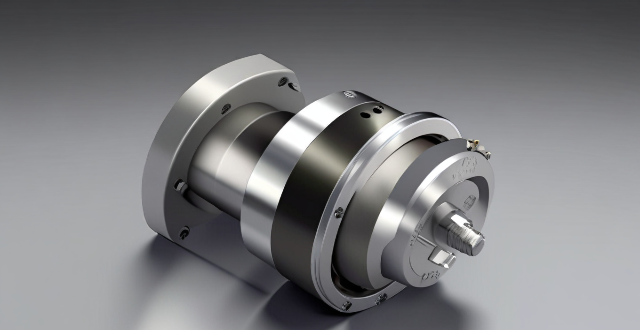
What are the main advantages of permanent magnet motors over other types of electric motors ?
Permanent magnet motors (PMMs) have several advantages over other types of electric motors, including high efficiency, low maintenance requirements, high torque density, wide speed range, and quiet operation. These advantages make PMMs ideal for a variety of applications, from small appliances to industrial machinery.

Do gasoline hybrid cars require special maintenance ?
This text discusses the maintenance requirements for gasoline hybrid cars, which combine a conventional engine with an electric motor for added efficiency. While these vehicles do not require extensive special maintenance, there are specific components that need attention. Regular maintenance such as oil changes, tire rotations, brake checks, and air filter replacements are still essential. Additionally, hybrid-specific maintenance includes monitoring battery health, checking the regenerative braking system, ensuring proper cooling of the electric motor, and maintaining transmission fluid levels. It is important to refer to the vehicle's owner's manual for specific maintenance schedules and seek out professional service when needed. By addressing both conventional and hybrid-specific maintenance needs, gasoline hybrid cars can run reliably and efficiently.

Are there any drawbacks to using permanent magnet motors in certain applications ?
The text discusses the drawbacks of using permanent magnet motors in certain applications, including high cost, demagnetization risk, limited speed range, difficulty in controlling torque and speed, and sensitivity to heat and vibration. These factors make them less suitable for applications where cost is a primary concern, precise control is necessary, or exposure to high temperatures or vibrations is common.
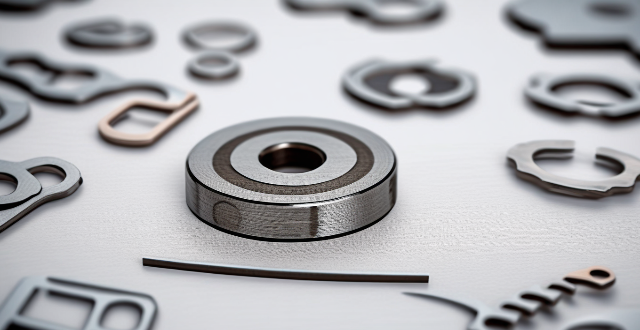
What are the key factors to consider when selecting a permanent magnet motor for a specific application ?
When selecting a permanent magnet motor for a specific application, several key factors must be considered to ensure optimal performance and efficiency. These factors include application requirements, efficiency and performance, size and weight, temperature range and cooling, control and feedback systems, cost and budget, reliability and durability, and compatibility with other system components. By carefully considering these key factors when selecting a permanent magnet motor for your specific application, you can ensure that you choose a motor that meets your needs in terms of performance, efficiency, size, cooling requirements, control options, cost, reliability, and compatibility with other system components.

How do permanent magnet motors contribute to energy savings in electric vehicles ?
Permanent magnet motors (PMMs) play a crucial role in enhancing the energy efficiency of electric vehicles (EVs). These motors are designed to convert electrical energy into mechanical energy with minimal losses, making them ideal for use in EVs. In this article, we will discuss the various ways PMMs contribute to energy savings in electric vehicles. One of the primary advantages of PMMs is their high efficiency. They can achieve up to 95% efficiency, which means that only 5% of the input energy is lost during the conversion process. This is significantly higher than other types of motors used in EVs, such as induction motors or DC motors. As a result, PMMs help reduce the amount of energy required to power an EV, leading to increased range and reduced charging times. Another benefit of PMMs is their lightweight design. Compared to traditional motors, PMMs have fewer components and require less material, resulting in a lighter overall weight. This reduction in weight helps improve the vehicle's performance by reducing its total mass and increasing its acceleration and handling capabilities. Additionally, a lighter vehicle requires less energy to move, further contributing to energy savings. PMMs also enable regenerative braking, which is a feature that allows EVs to recover some of the energy typically lost during braking. When the driver applies the brakes, the PMM acts as a generator, converting the kinetic energy of the moving vehicle into electrical energy that can be stored in the battery pack. This recovered energy can then be used to power the vehicle later on, reducing the need for additional charging and increasing the overall efficiency of the EV. Due to their simple design and lack of brushes or commutators, PMMs require less maintenance compared to other types of motors. This reduces the cost of ownership for EV owners and extends the lifespan of the motor, further contributing to energy savings over time. PMMs are capable of operating at a wide range of speeds without sacrificing efficiency. This allows EV manufacturers to design vehicles with optimal gear ratios, reducing the need for multiple gears and transmission systems. By simplifying the drivetrain, PMMs help reduce energy losses associated with complex transmissions and increase the overall efficiency of the vehicle.
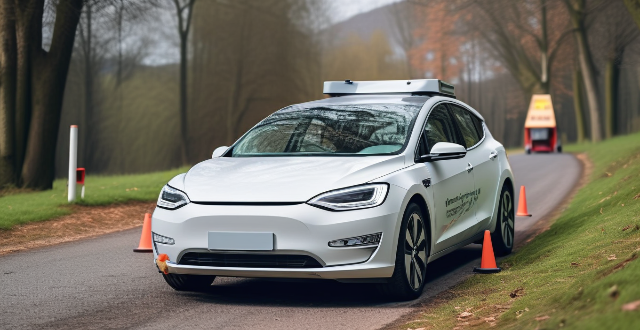
How do maintenance costs compare between electric and traditional cars ?
The text compares the maintenance costs of electric cars and traditional gasoline-powered vehicles. Electric cars don't require oil changes but may need battery replacement, which is costly. They use regenerative braking, reducing brake wear. Despite their weight causing faster tire wear, they have a simplified cooling system and minimal transmission maintenance. Traditional cars require regular oil changes, engine maintenance, and frequent brake replacements. They generally weigh less, resulting in slower tire wear but have a complex cooling system and multi-speed transmissions that need regular maintenance. Overall, electric cars have lower maintenance costs due to fewer moving parts and no need for certain maintenance items like oil changes and engine tune-ups. However, individual driving habits and local repair costs should be considered when comparing maintenance expenses.
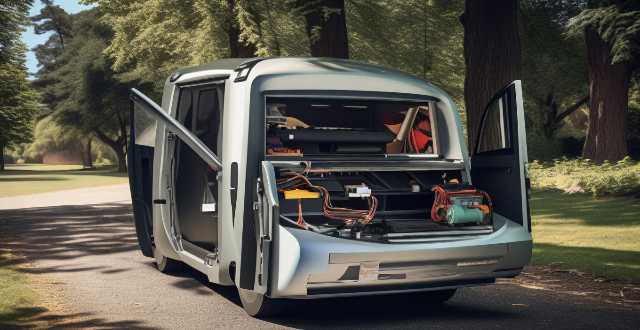
What are the maintenance requirements for a single motor drive system ?
Maintenance requirements for a single motor drive system include daily visual and auditory inspections, weekly lubrication and cleanliness checks, monthly electrical connection and belt tension inspections, quarterly cooling system cleaning and bearing lubrication, yearly motor performance testing and preventative replacement of parts, additional environmental factor considerations, and following manufacturer's guidelines for maintenance and servicing.
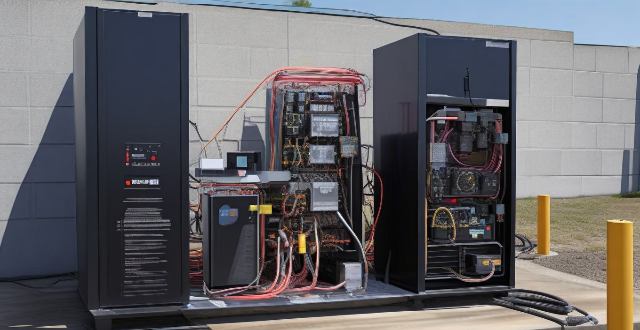
What are the maintenance requirements for a parallel hybrid electric vehicle (PHEV) ?
Maintenance Requirements for a Parallel Hybrid Electric Vehicle (PHEV) include regular check-ups of the battery system, engine maintenance such as oil changes and air filter replacement, transmission maintenance including fluid checks and cooler maintenance, tire rotation and pressure adjustment, brake pad and rotor replacement, suspension maintenance like shock and strut replacement, and other tasks such as coolant system checks, wiper blade replacement, and light bulb checks. By following these requirements, you can ensure your PHEV runs smoothly and safely.

How does the maintenance cost of fuel vehicles compare to that of electric cars ?
The text discusses the comparison of maintenance costs between fuel vehicles and electric cars. It mentions that fuel vehicles typically require regular maintenance such as oil changes, air filter replacements, and spark plug checks. On the other hand, electric cars generally require less frequent maintenance than fuel vehicles. They do not have traditional engine oil, so oil changes are not necessary. However, they still require regular checks on the battery, brakes, and suspension system. Fuel vehicles often require more frequent maintenance due to their complex internal combustion engines and various fluids that need to be changed regularly. This includes oil changes every few thousand miles, as well as other routine services like brake pad replacements and tire rotations. Electric cars typically require less frequent maintenance because they have simpler drivetrains with fewer moving parts. Battery health is an important aspect of electric car maintenance, but it generally does not require as many check-ups as a traditional engine would. The cost of parts and labor for fuel vehicles can vary widely depending on the make and model of the vehicle, as well as the specific services required. However, fuel vehicles often have more expensive repairs due to their complexity and the number of moving parts involved. While electric cars may initially have higher upfront costs for batteries and specialized components, their maintenance costs tend to be lower in the long run because they require less frequent servicing and have fewer parts that need replacing.
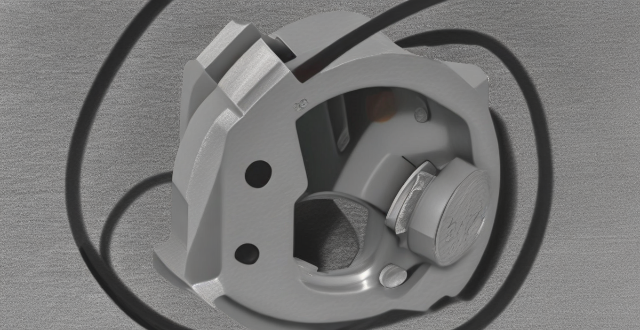
Are there any emerging trends or innovations in permanent magnet motor design that could lead to performance improvements ?
Permanent magnet motors (PMMs) have been widely used in various applications due to their high efficiency, power density, and controllability. In recent years, there have been several emerging trends and innovations in PMM design that could lead to performance improvements. These include the use of high-temperature superconducting materials, advanced control strategies, integrated motor and drive systems, and the continued development of REE-free alternatives. As these technologies continue to evolve, we can expect to see even more efficient and powerful PMMs in the future.

How do permanent magnet motors work, and what makes them more efficient ?
Permanent magnet motors operate on the principle of electromagnetic induction, consisting of a rotor with permanent magnets and a stator with windings. When an electric current is passed through the stator windings, it creates a magnetic field that interacts with the magnetic field of the rotor, causing the rotor to rotate and generate mechanical energy. Key components of a permanent magnet motor include the rotor, stator, windings, and magnetic field. The rotor is the rotating part of the motor that contains permanent magnets, while the stator is the stationary part with windings. The windings are conductors wound around the stator through which electric current flows, creating a magnetic field. Permanent magnet motors are known for their high efficiency compared to other types of motors due to several factors. They have a higher power density than conventional motors, meaning they can produce more power per unit volume or weight. This is because they use strong permanent magnets, which create a stronger magnetic field without requiring additional space or materials. Permanent magnet motors also have lower energy losses due to reduced copper losses, iron losses, and friction losses. They can produce a higher torque at lower speeds compared to other motor types, operate efficiently over a wide range of speeds, and perform regenerative braking, where they convert kinetic energy into electrical energy during deceleration. Overall, these advantages make permanent magnet motors well-suited for applications where energy efficiency is a critical factor, such as electric vehicles and industrial equipment.

How has the development of permanent magnet motor technology evolved over the past decade ?
Over the past decade, permanent magnet motor technology has seen significant advancements due to increased demand for energy-efficient technologies, improvements in materials science, and the growing need for sustainable transportation solutions. Key developments include improved materials like NdFeB and SmCo, advanced manufacturing techniques, innovative designs such as axial flux motors and spoke-type rotor designs, widespread adoption in electric vehicles, and use in energy-efficient applications. Looking ahead, permanent magnet motor technology will continue to evolve and play a vital role in creating more sustainable and energy-efficient systems.
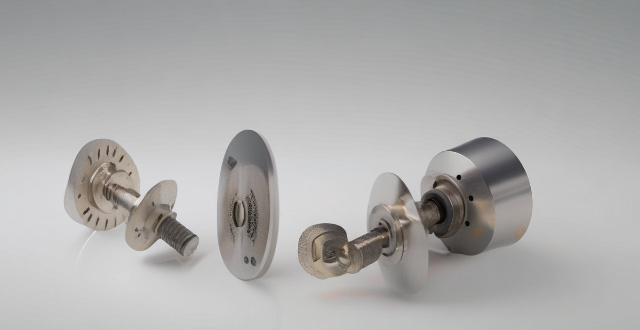
In which industries are permanent magnet motors most commonly used ?
Permanent magnet motors are utilized across a wide range of industries due to their efficiency and reliability. Key sectors include the automotive industry, where they power electric and hybrid vehicles and are used in automated manufacturing. In aerospace and defense, PM motors are crucial for aircraft systems and military applications. Appliance manufacturing benefits from PM motors in household and commercial equipment. The medical sector employs them in imaging equipment and surgical tools. Manufacturing and process control use PM motors in CNC machinery and pumps/valves. Renewable energy sectors such as wind turbines and solar tracking systems also rely on these motors. Consumer electronics, including audio and visual equipment as well as toys and hobbyist products, make use of permanent magnet motors for various functions.
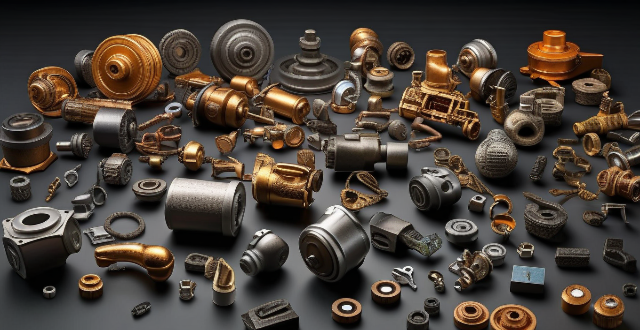
Are permanent magnet motors more susceptible to damage from high temperatures compared to other motor types ?
Permanent magnet motors are more susceptible to high temperatures due to demagnetization and thermal expansion issues, compared to induction motors and switched reluctance motors which primarily face insulation degradation and material fatigue respectively.

What are the potential benefits of establishing a permanent human settlement on Mars ?
The potential benefits of establishing a permanent human settlement on Mars include scientific advancements, economic opportunities, inspiration and cultural impact, and ensuring the survival of humanity. Studying Mars in greater detail can provide insights into the formation and evolution of our solar system and help us understand how life emerged and is sustained on Earth. The development of new technologies required for a Mars settlement would have applications on Earth as well, leading to advancements in technology and engineering. Resource extraction and utilization, as well as commercialization of space travel, could create new economic opportunities. A diverse community on Mars could promote cultural exchange and understanding among different nations and backgrounds, while also inspiring future generations to pursue careers in STEM fields. Finally, having a self-sustaining colony on Mars could ensure the survival of humanity in case of a catastrophic event on Earth.
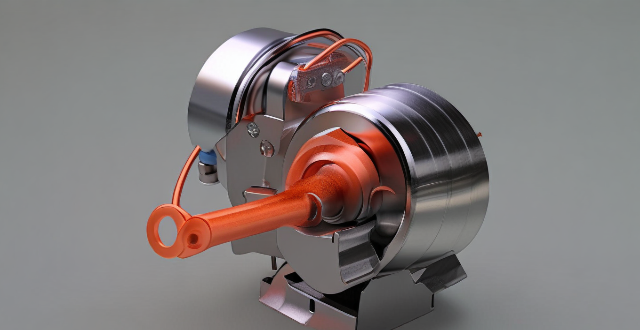
What is the typical cost difference between a permanent magnet motor and an equivalent size induction motor ?
Permanent magnet motors (PMMs) and induction motors (IMs) are two common types of electric motors used in various applications. The cost difference between them is often a significant factor in deciding which one to use. PMMs are known for their high efficiency, compact size, and low noise levels, while IMs are simpler and more robust. The cost difference depends on factors such as size, power rating, materials used, and manufacturing processes. Generally, PMMs are more expensive than IMs of equivalent size due to material costs, manufacturing processes, efficiency and performance requirements, and market demand and availability. When choosing between these two types of motors, it is essential to consider both the technical requirements and budget constraints of your specific application.

What is the cost of building and maintaining a communication base station ?
The article discusses the costs associated with building and maintaining a communication base station, categorizing them into initial setup costs such as site acquisition, design and engineering, equipment procurement, construction and installation, permits and licensing, and testing and commissioning, and ongoing maintenance costs like rent or lease expenses, power consumption, equipment maintenance, software updates, security measures, and staff salaries. It emphasizes the complexity of these processes and the importance of careful planning and budgeting for such projects.
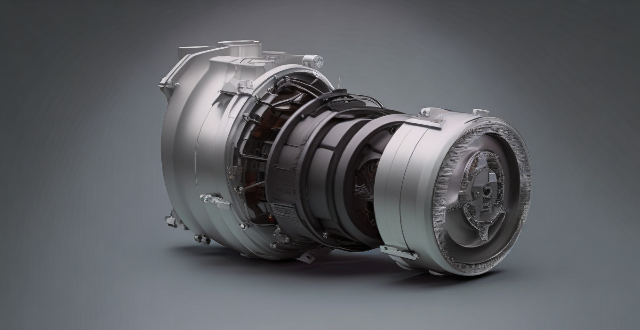
What is a brushless motor ?
Brushless motors, also known as BLDC (Brushless Direct Current) motors, are electric motors that use an electronic controller to switch the current in their stator windings. They have higher efficiency, longer lifespan, higher power density, lower maintenance requirements, and quieter operation compared to brushed motors. The working principle of a brushless motor involves three main components: the rotor, stator, and electronic controller. Brushless motors are used in various applications, including aircraft, automotive, appliances, and industrial equipment.

How often should fire extinguishers be inspected and maintained ?
Fire extinguishers are crucial safety devices that require regular inspection and maintenance to ensure their effectiveness in case of a fire emergency. Monthly visual inspections should be carried out by responsible individuals, while annual maintenance and hydrostatic testing should be performed by certified technicians. Proper record keeping is also essential to track equipment performance and ensure compliance with regulations. By following these guidelines, lives and property can be protected from fire hazards.
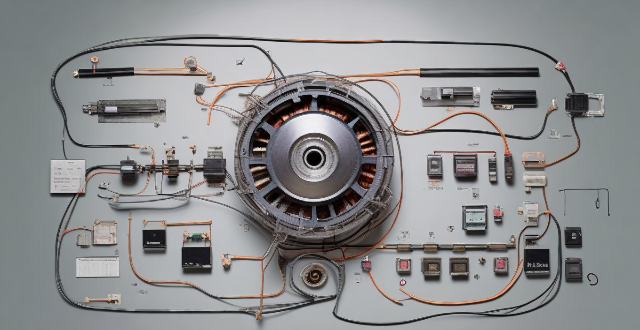
How does a brushless motor work ?
Brushless motors, also known as BLDC motors, are electric motors that use an electronic controller to switch the current in their stator windings. They consist of three main components: the rotor, stator, and electronic controller. The working principle of a brushless motor involves initial rotation, commutation, and maintaining rotation. Brushless motors offer several advantages over traditional brushed motors, including higher efficiency, longer lifespan, better performance, and lower maintenance.
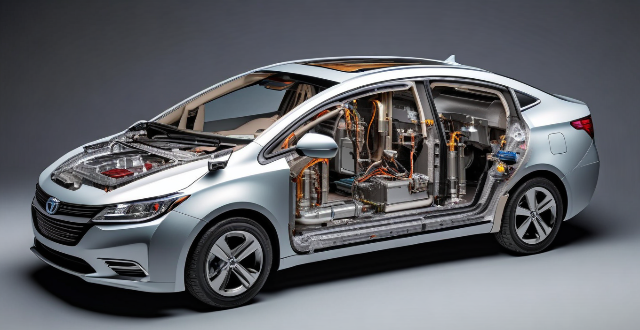
What maintenance is required for a hybrid car ?
Maintaining a hybrid car involves regular checks on the battery health and cooling system, brake inspections, tire care, engine oil changes, coolant flushes, electric motor lubrication, transmission fluid checks, and adhering to scheduled services. Proper maintenance ensures the longevity of high-value components like the battery and electric motor, contributing to improved fuel economy and reduced emissions.
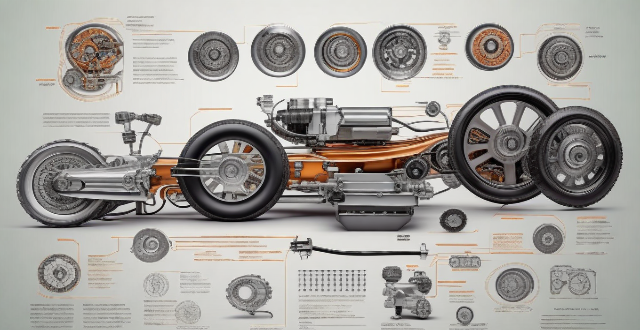
How does a hub motor work ?
Hub motors, integral to electric vehicles, operate on electromagnetic principles and Lorentz force. Key components include the stator, rotor, bearings, and controller. When current flows through the stator coils, a magnetic field is generated, which interacts with the rotor's permanent magnets, causing rotation that propels the vehicle. Hub motors are efficient, quiet, and require less maintenance due to their direct drive mechanism and fewer moving parts. However, they can add weight and present cooling challenges. Advancements in technology are expected to enhance their benefits and address limitations.

How are communication base stations maintained and upgraded ?
Maintaining and upgrading communication base stations is essential for reliable and efficient wireless network operation. Regular maintenance includes inspection, cleaning, software updates, and hardware replacement. The upgrade process involves need assessment, design, procurement, installation, configuration, testing, and deployment. Best practices include preventive maintenance, remote monitoring, training, documentation, and collaboration with vendors and service providers. By following these guidelines, network operators can ensure the smooth operation of their wireless networks.

What are some common electrical hazards ?
Electrical hazards are a common occurrence in homes, workplaces, and public areas. They can cause serious injuries or even death if not handled properly. Here are some of the most common electrical hazards: ## Overloaded Circuits An overloaded circuit occurs when too many appliances are plugged into a single outlet or circuit. This can cause the circuit to overheat, leading to a fire. It is important to distribute the load across multiple outlets and avoid using extension cords as permanent solutions. ## Faulty Wiring Faulty wiring is another common electrical hazard. This can occur due to poor installation, wear and tear, or damage to the wires. Faulty wiring can cause short circuits, sparks, and electrical shocks. Regular inspections and maintenance by a licensed electrician can help prevent this hazard. ## Water and Electricity Water and electricity do not mix. If water comes into contact with electrical devices or wiring, it can cause electrocution or electrical fires. It is important to keep electrical devices away from water sources and ensure that all electrical appliances are properly grounded. ## Ungrounded Outlets Ungrounded outlets lack a third prong that grounds the outlet to the earth. This can lead to electrical shocks and increase the risk of electrical fires. It is important to have all outlets in your home or workplace grounded for safety. ## Damaged Cords and Plugs Damaged cords and plugs are also common electrical hazards. If a cord is frayed or cracked, it can expose live wires and cause electrical shocks. Similarly, damaged plugs can cause sparks and short circuits. It is important to replace damaged cords and plugs immediately. ## Improper Use of Extension Cords Extension cords should only be used temporarily and never as a permanent solution for powering appliances. Overloading an extension cord can cause it to overheat and start a fire. It is important to use extension cords sparingly and ensure they are rated for the amount of power being drawn through them.